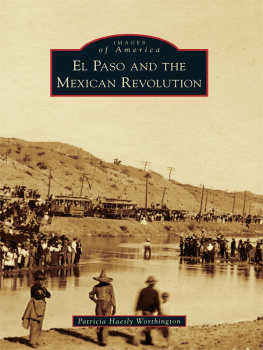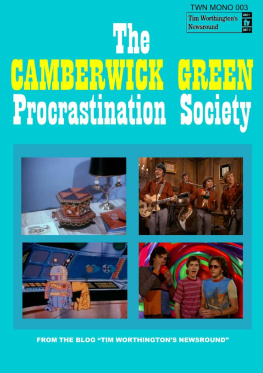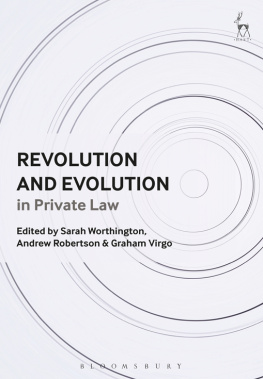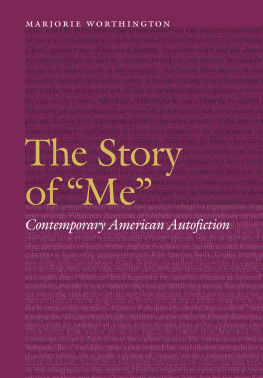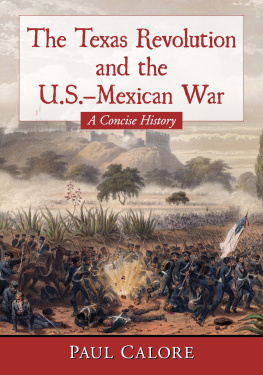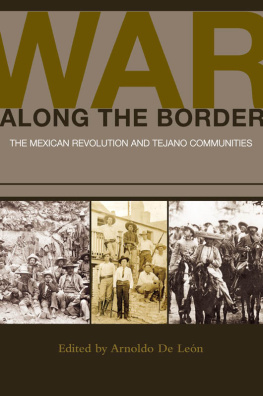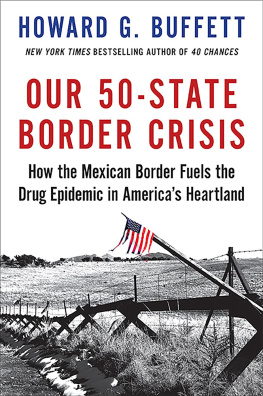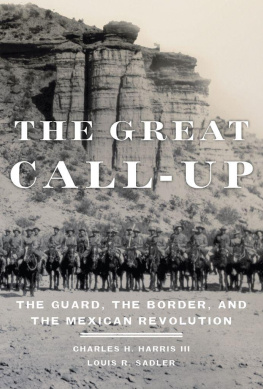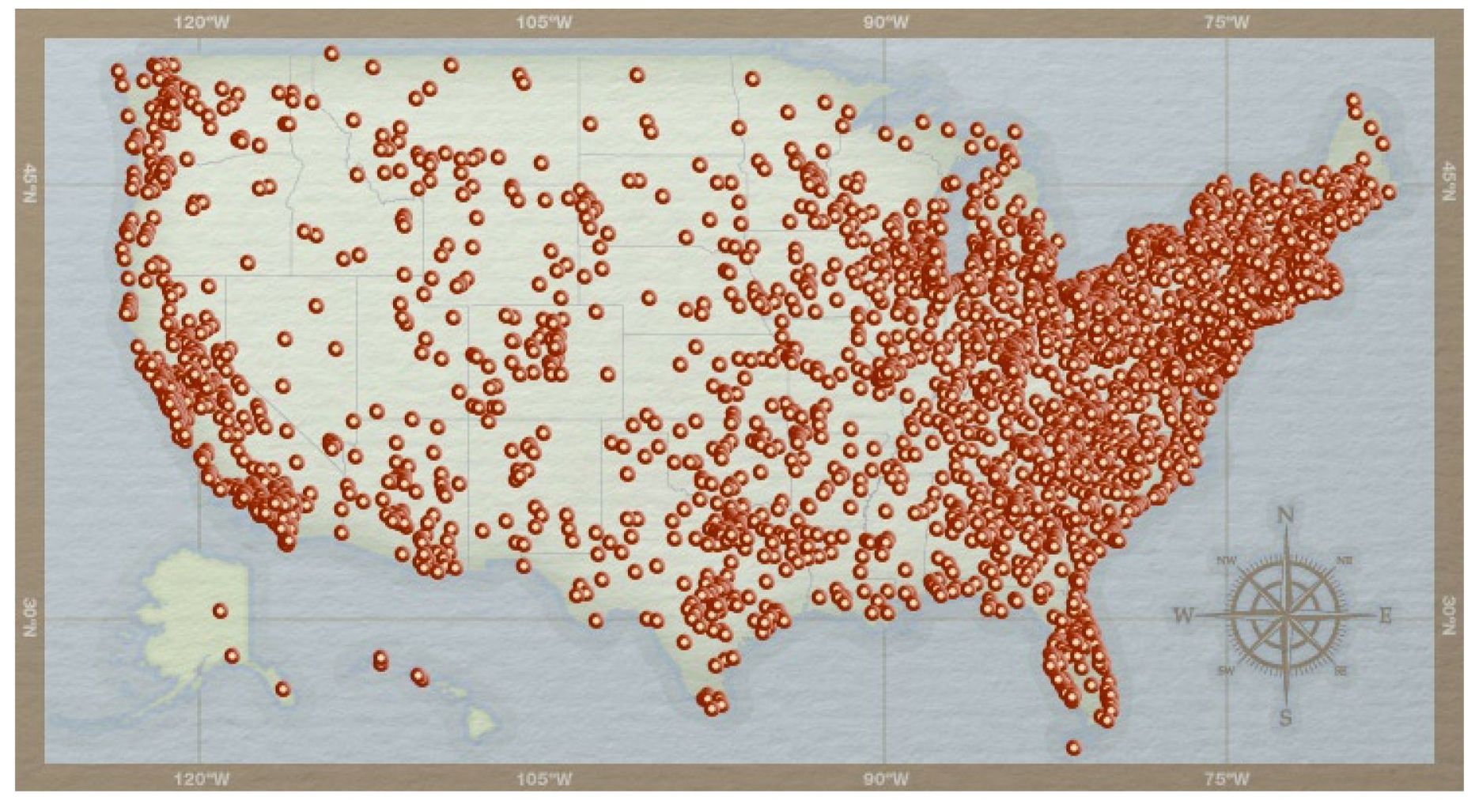In the El Paso archival community there are three groups without whom no one can accomplish complete research on El Paso. They are the Special Collections Department at The University of Texas at El Paso (UTEP), the Border Heritage Department at the El Paso Public Library, and the El Paso County Historical Society. Each maintains major collections on varying subjects, especially the Mexican Revolution. I want to thank Claudia Rivers, Laura Hollingsed, Abbie Weiser, and Yvette Delgado (a genius on the computer) in Special Collections at UTEP, who do everything. Marta Estrada, Danny Gonzalez, and Claudia Ramirez in the Border Heritage Department at the El Paso Public Library provided ready access to their very large photographic collections. Richard D. Worthington provided pictures from his collection and tolerated my long hours of attention to this project. From long ago, I also want to thank those people from the original Pioneer Association who made it a point to keep memorabilia from the important events they witnessed. Their efforts are the foundation of the Historical Societys archival collection. It is a joy to work with all that they did.
Unless otherwise indicated, all pictures and scrapbook items are from the archives of the El Paso County Historical Society.
BIBLIOGRAPHY
American Institute of Mining Engineers. Transactions of the American Institute of Mining Engineers, Vol. XXXII. New York, NY: The Institute, 1902.
Atkin, Ronald, Revolution! Mexico 191020 . New York, NY: The John Day Company, 1970.
Border Heritage Department, El Paso Public Library, El Paso, TX.
Bush, I. J. Gringo Doctor. Caldwell, Idaho: The Caxton Printers, Ltd., 1939.
The C. L. Sonnichsen Special Collections Department, Library, The University of Texas at El Paso. El Paso, TX: The Mexican Revolution Collection.
El Paso County Historical Society, Mexican Revolution Collections. El Paso, TX.
Habermeyer, Christopher Lance. Gringos Curve, Pancho Villas Massacre of American Miners in Mexico, 1916 . El Paso, TX: Christopher Lance Habermeyer, 2004.
Harris III, Charles H. and Louis R. Sadler. The Secret War in El Paso: Mexican Revolutionary Intrigue, 19061920 . Albuquerque, NM: University of New Mexico Press, 2009.
Keith, Noel L. The Brites of Capote . Fort Worth, TX: Texas Christian University Press, 1950.
Metz, Leon. Fort Bliss, An Illustrated History . El Paso, TX: Mangan Books, 1981.
. El Paso Chronicles . El Paso, TX: Mangan Books, 1993.
Morales, Fred. El Paso and Jurez During the Mexican Revolution. Volume I, 18791911 . El Paso, TX: Fred Morales, 2010.
Romo, David Dorado. Ringside Seat to a Revolution. El Paso, TX: Cinco Puntas Press, 2005.
Siller, Pedro and Miguel ngel Berumen. La Batal de Ciudad Jurez, I. La Historia; II. Las Imagenes. Ciudad Jurez, Mexico: Cuadro por Cuadro, 2003.
Sonnichsen, C. L. Pass of the North, Four Centuries on the Rio Grande . El Paso, TX: Texas Western Press, 1990.
Timmons, W. H. El Paso, A Borderlands History . El Paso, TX: Texas Western Press, 1990.
Vanderwood, Paul J. and Frank N. Samponaro. Border Fury, A Picture Postcard Record of Mexicos Revolution and U.S. War Preparedness, 19101917 . Albuquerque, NM: University of New Mexico Press, 1988.
EL PASO COUNTY HISTORICAL SOCIETY
The El Paso County Historical Society, a nonprofit 501(c)(3) organization, was chartered February 17, 1955. The primary objectives of the society are to foster research into the history of the El Paso area; to acquire and make available to the public historical materials; to publish and encourage historical writing pertaining to the area and to develop public consciousness of our rich historical heritage.
For many years, the Pioneer Association kept track of the early archives of El Paso. When the Historical Society was created, those accumulated records formed the basis for its collections. Other donations over the years increased the size of its archival holdings. In addition to the Pioneer Association materials, the society has particularly strong collections of photographs, postcards, scrapbooks, and documents including those from the Daughters of the Confederacy and El Paso Natural Gas. Other items are added regularly.
The El Paso County Historical Society is the largest local historical society in Texas, with over 700 members. It publishes Password , an academic journal, and El Conquistador , a newsletter, on a quarterly basis. There are quarterly meetings open to all. Each year it hosts the Hall of Honor in which one living and up to two deceased El Pasoans who have made a significant contribution to the citys history are honored. It participates in Tom Lea month and, in the spring, hosts Dollie Dingles Tea Party.
The society is an all-volunteer organization that is open three days each week. Other times can be arranged. It is located at 603 West Yandell, El Paso, Texas 79902. New members are always welcome. You can click the join now statement online at www.elpasohistory.com , and an application will be mailed to you.
Find more books like this at
www.imagesofamerica.com
Search for your hometown history, your old
stomping grounds, and even your favorite sports team.
One
EL PASO
THE INTERNATIONAL CITY
The five C scotton, copper, cattle, climate, and clotheswere the main words describing El Pasos growth. One very important factor, however, is geographic location. The citys position on the border, divided by an usually narrow river, brought a unique set of circumstances. For centuries the population was on the south side of the Rio Grande. Spanish missions and missionaries began arriving in the 1500s. Settlements developed on the north side of the river, with names such as Fabens, Concordia, Franklin, and then El Paso. Fort Bliss was founded in 1848; Anson Mills platted the city in 1859. The Civil War and Salt War (1876) disrupted land titles and peace. In 1878, the county seat was moved from Ysleta to El Paso. With the arrival of the railroad in 1881, modern El Paso grew quickly. El Paso was, and still is, a good weather crossroads for travel.
The railroads provided business and growth. At one time, more than 11 rail lines came into the city. The bulk of traffic came from the mines of Mexico, New Mexico, and Arizona. The American Mining and Smelting Company (1887) was the largest custom smelter in the world, yet it was but one of four smelters in the city. Its plant was on the north bank of the Rio Grande. The sandy banks of Mexico were an estimated 25 feet across, more during a flood. The International Bridge (pedestrian and rail) was freely traversed, just as the river had been for centuries, and there was a footbridge. The city had commerce, banks, restaurants, hotels, and a famous red-light district. It grew constantly and was a mecca for all sorts of activities.
For example, between 1900 and 1910, there were many activities concentrated in the southern part of the city near the Rio Grande in Chihuahuita and El Segundo Barrio. Numerous Spanish-language newspapers were printed, and several political activists operated. One of the best known was Teresita Urrea, also dubbed The Saint of Cabora. She had a strong local following and was sought by Mexican federal agents. Another well-known activist was Ricardo Flores Magn, who had great influence in Mexico and was also sought by Dazs agents. There was such intense opposition to Daz that the United States feared for the presidents safety during their visit in 1909, especially on the drive through south El Paso.

